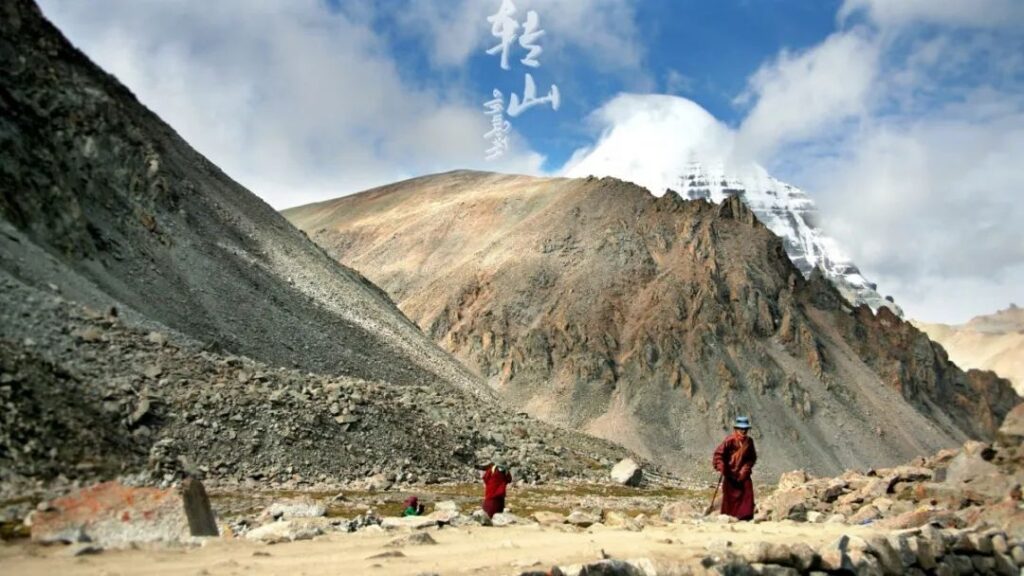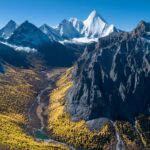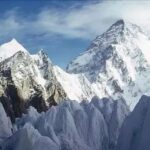Mount Kailash may not be the tallest peak, even within the Gangdise Mountains or the Ali region, let alone compared to Everest. In terms of grandeur, it’s surpassed by Everest, Kawagebo, and Namcha Barwa.
Its location is remote, farther from population centers than even Meili Snow Mountain in Yunnan is from Lhasa. Despite these seemingly unremarkable attributes, Mount Kailash maintains an unparalleled status among mountains.
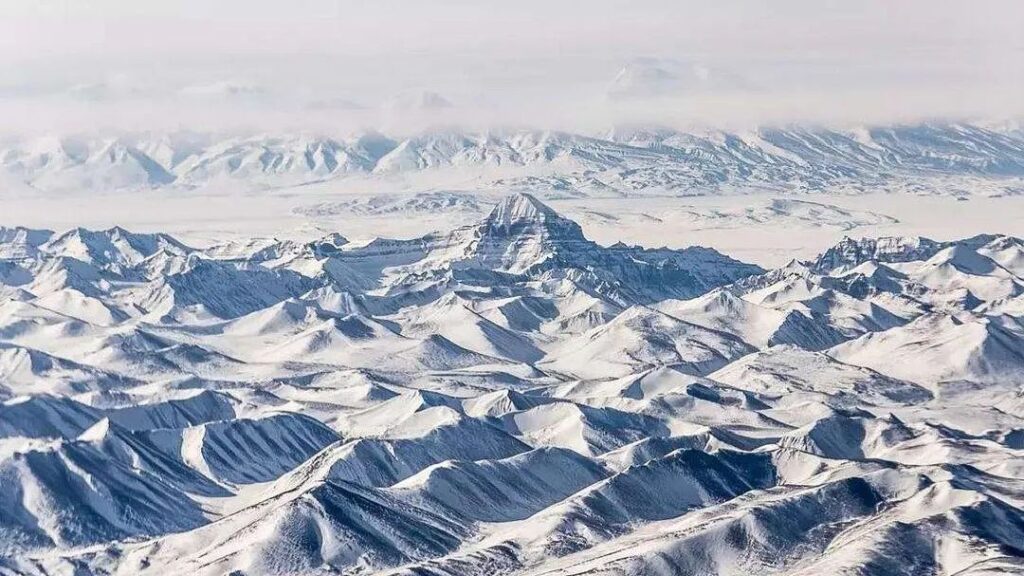
There are three main reasons for this:
Firstly, its historical significance, particularly its impact on Tibetan civilization. During a tumultuous period in history when Buddhism was on the verge of extinction due to conflicts with Bon religion, Yeshe O, a descendant of the Tubo royal family, led Buddhists to Purang at the foot of Mount Kailash. There, he established the Guge Kingdom as a stronghold. By preserving Buddhism at Mount Kailash, the religion was eventually able to flourish again throughout Tibet, becoming the most important faith for Tibetan people.
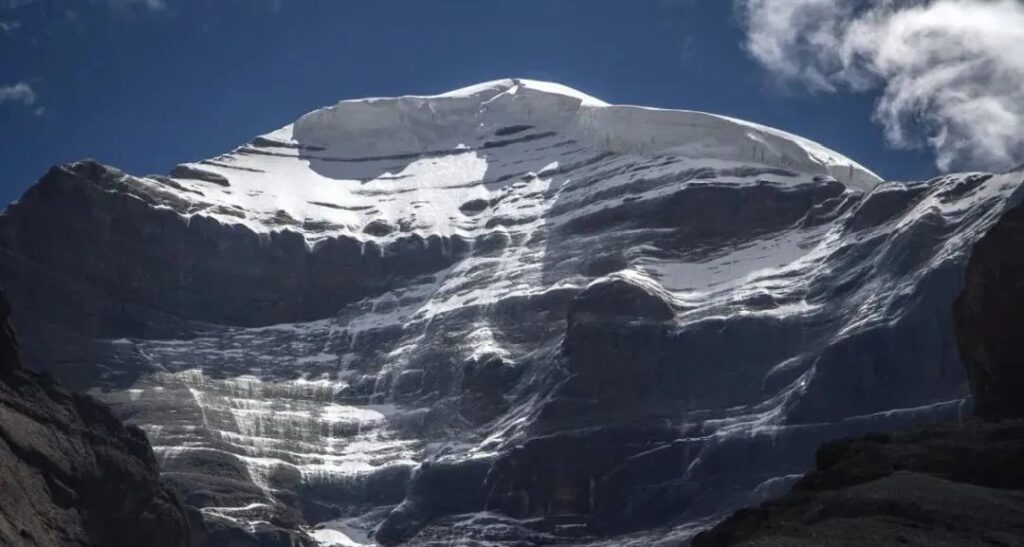
Secondly, its geopolitical importance and influence on South Asian civilization. Just as the Kunlun Mountains are considered the ancestral mountains of China and the source of Chinese dragon veins due to being the origin of the Yellow River, Mount Kailash is equally significant. Four rivers flowing from Mount Kailash in four directions nurture the most important civilizations and religions in South Asia:
- To the east, the Horse Spring River is the source of the Yarlung Tsangpo River, Tibet’s mother river, nurturing the ancient Tibetan civilization.
- To the south, the Peacock River is one of the sources of the Ganges, the sacred river of Hinduism and the mother river of Indian civilization.
- To the west, the Elephant Spring River is not only the cradle of the Zhangzhung and Guge civilizations in the Ali region but also the birthplace of Tibet’s indigenous Bon religion. It’s also one of the sources of the Indus River.
- To the north, the Lion Spring River is the main source of the Indus, nourishing the Indus Valley Civilization and serving as Pakistan’s most important river.
These four rivers, named after ancient Indian celestial creatures, have nurtured different civilizations, cementing Mount Kailash’s status as the undisputed source of a hundred rivers and the supreme mountain of South Asia.
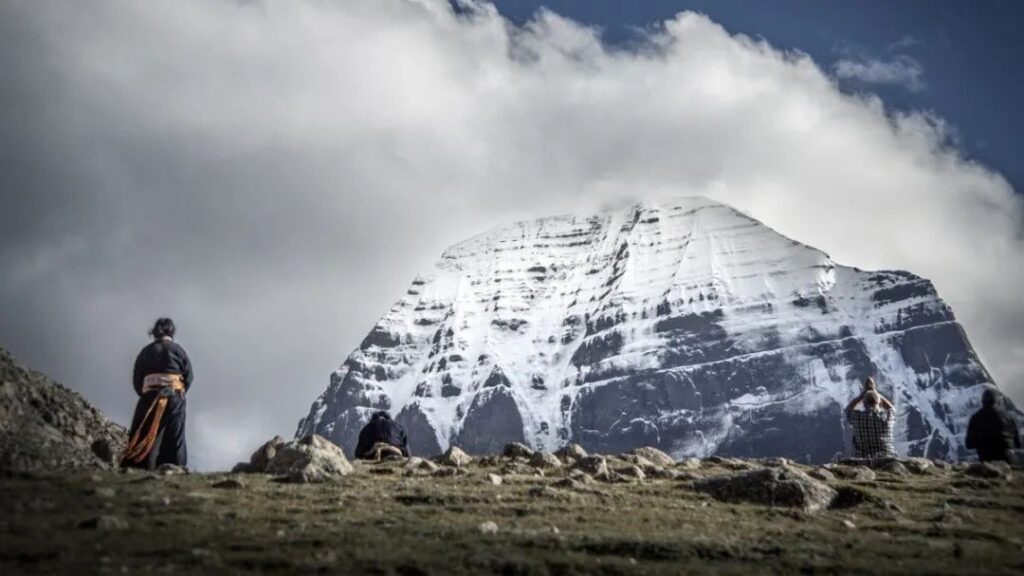
Thirdly, its religious significance. Mount Kailash is considered:
- The earthly representation of Mount Meru in Buddhism, making it the undisputed center of the world.
- The abode of Chakrasamvara in Tibetan Buddhism.
- The origin and cosmic center of the Bon religion, home to its 360 deities.
- The meditation and austerity site for Shiva, the supreme god in Hinduism.
- The highest spiritual mountain in Jainism, where Mahavira attained enlightenment.
Mount Kailash transcends different civilizations, races, and religions, achieving its supreme status. This seemingly validates the famous quote by Tang Dynasty writer Liu Yuxi: “It’s not the height that makes a mountain divine, but the presence of spirits.”
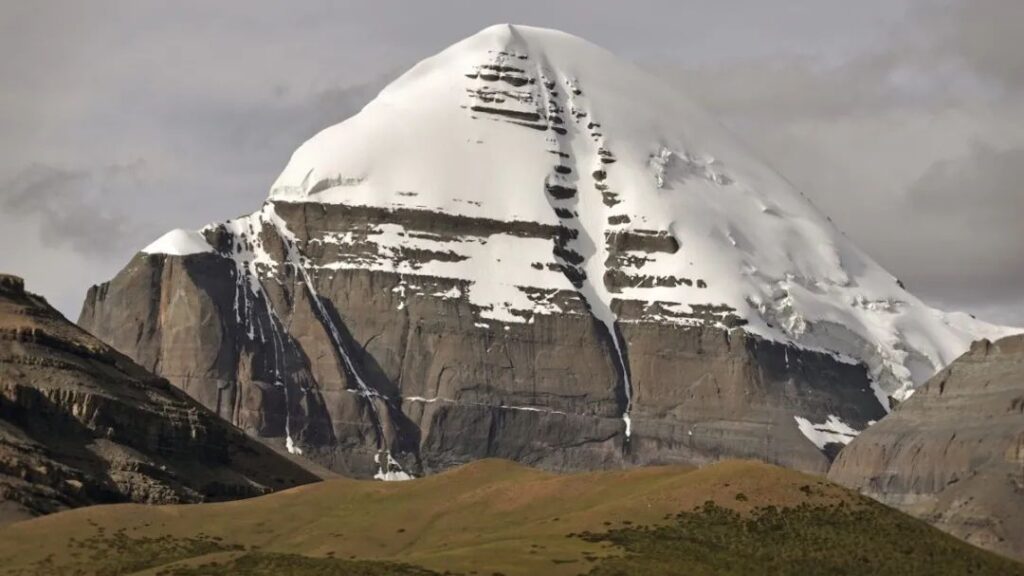
The pronunciation of Mount Kailash (Gang Rinpoche) has a pause in the middle. “Gang” means snow mountain and can be pronounced as “kang” or “gang”. “Rinpoche” can also be pronounced as “Rinpoche”, meaning reincarnation. It’s generally understood as “precious”. Thus, “precious among humans” refers to living Buddhas, while “precious among mountains” refers to Mount Kailash. It’s the only one of its kind in the world.
In Nepal and India, Mount Kailash is referred to by its English name “Kailash”, derived from Sanskrit, meaning “crystal” and representing Shiva’s paradise.
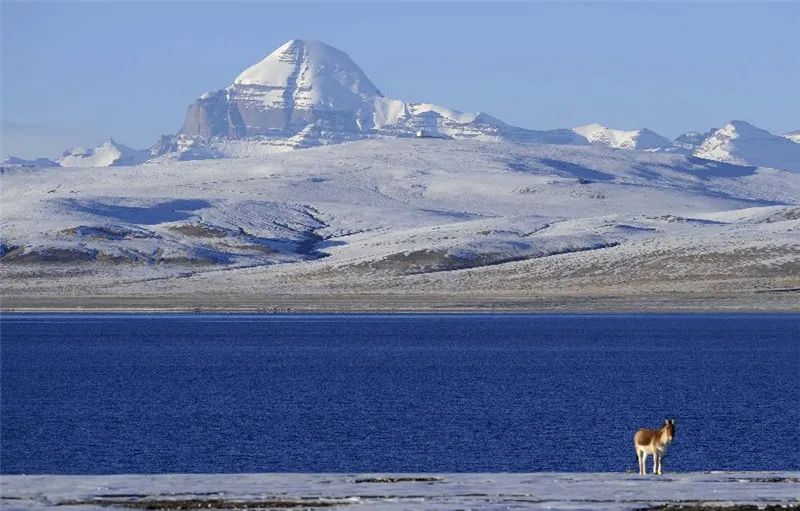
Due to Mount Kailash’s supreme status, although Lungpo Gangri peak in the Gangdise range is taller, it’s agreed that Mount Kailash is the main peak of the range.
Mount Kailash has four symmetrical faces. Oddly, the south face (sunny side) is perpetually snow-covered, while the north face (shady side) has very little snow, which melts quickly when it accumulates.
Like Kawagebo, Mount Kailash is strictly forbidden to climb by national decree. Reinhold Messner, the “king of mountaineering”, had the opportunity to climb it before the 2000 ban but chose not to out of reverence. This mountain has never been summited.
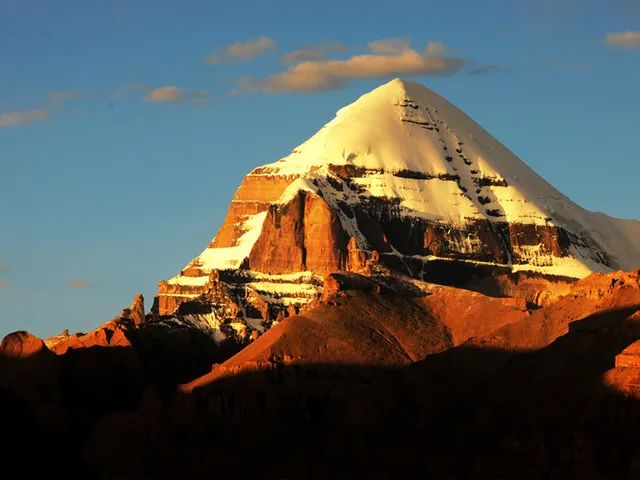
Four rivers flow from the Gangdise range in four directions: Horse Spring River, Peacock River, Elephant Spring River, and Lion Spring River. Despite their separate courses, they all eventually flow into the Indian Ocean.
A large lake near the sacred mountain forms a “gang-tso” (mountain-lake) formation, considered very sacred in Tibet. Both the mountain and lake hold high status. Examples include Mount Nyenchen Tanglha and Lake Namtso, Mount Kula Kangri and Lake Puma Yumco. Mount Kailash and Lake Manasarovar are the most revered gang-tso.
While Mount Kailash appears desolate now, historically, over ten thousand practitioners of the Kagyu school of Tibetan Buddhism practiced there simultaneously.
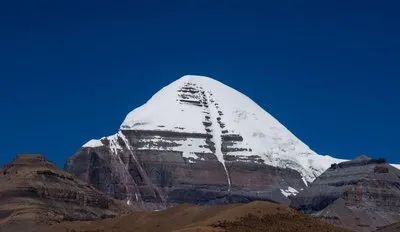
Mount Kailash is the mandala of Chakrasamvara. In temples, he’s depicted embracing a female figure, with blue, green, red, and white faces, twelve arms, and twelve eyes. He embraces Vajravarahi, who has a red body and pig’s head, while trampling a blue-bodied Shiva. In the Potala Palace’s Mandala Hall, the first mandala, the Demchok Mandala, is Chakrasamvara’s mandala.
In Bon religion, Mount Kailash is often personified as a handsome man riding a green lion, floating in clouds, usually accompanied by the mountain gods of Mount Nyenchen Tanglha and Mount Kawagebo.
The grooves on Mount Kailash’s south face are said to have been created when Bon master Naro Bonchung and Buddhist master Milarepa fell after their magical duel. The grooves and the horizontal line are considered symbols of eternity (yungdrung). Buddhists see it as clockwise, while Bon followers see it counterclockwise.
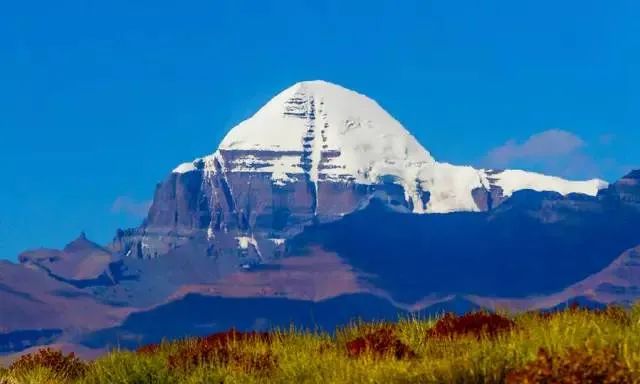
Mount Kailash is where Mahavira, the founder of Jainism, attained enlightenment. Mahavira systematized Jain theories, greatly influencing Buddha. Jain followers have three main characteristics:
- Non-violence: They never engage in agricultural labor.
- Asceticism: Some hold up their right hand for life, others starve themselves to death.
- Naked practice: In the Digambara sect, the higher one’s spiritual level, the fewer clothes worn.
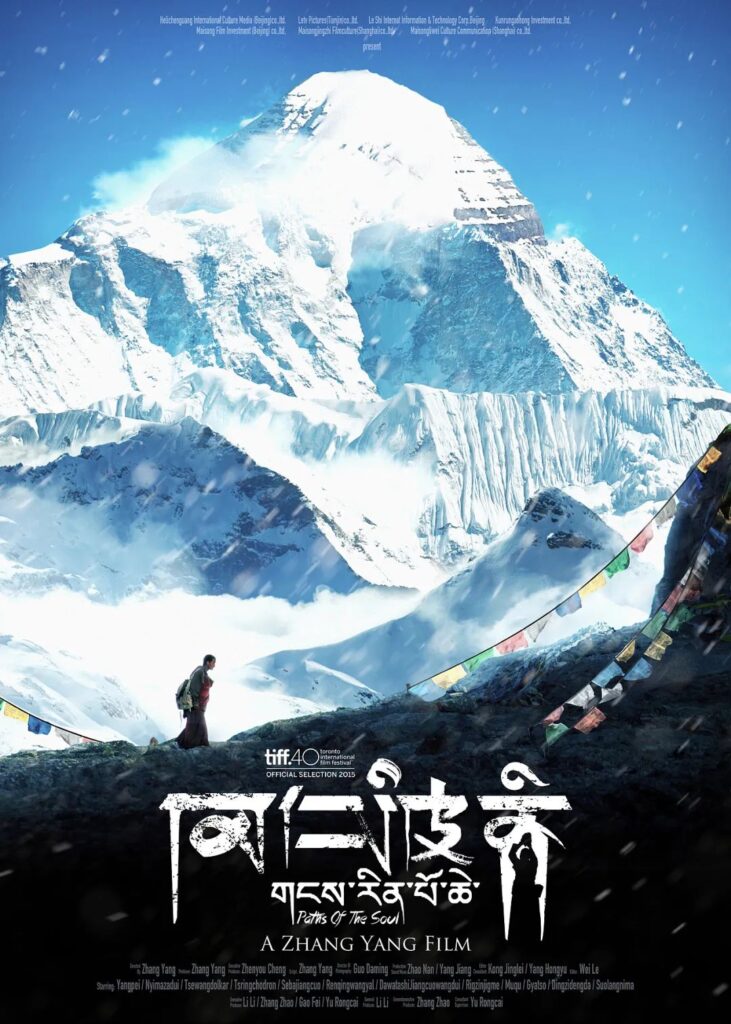
There are various mysterious legends about Mount Kailash, including stories of yetis, hollow pyramids, time machines, and entrances to the earth’s core. These are just legends and should be taken as such.
